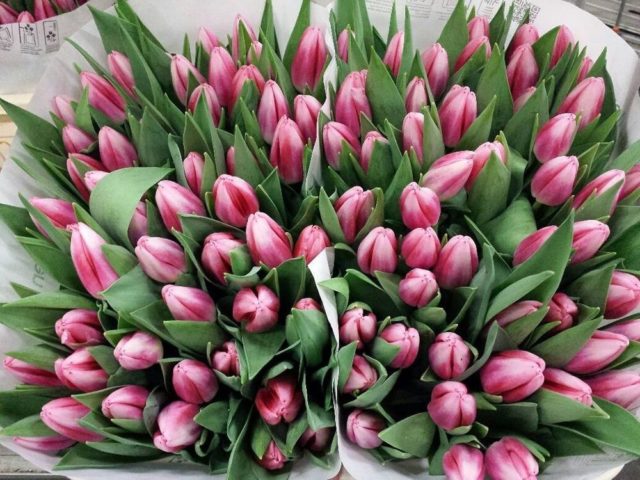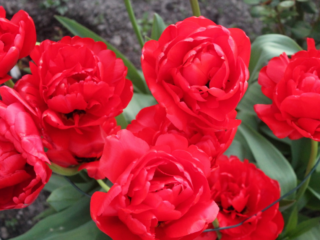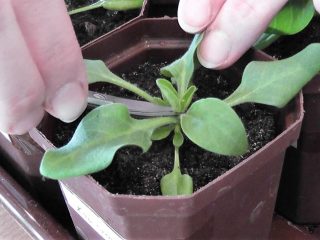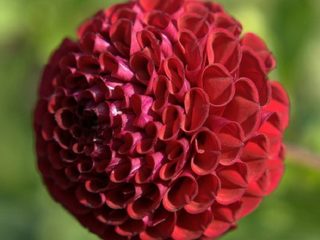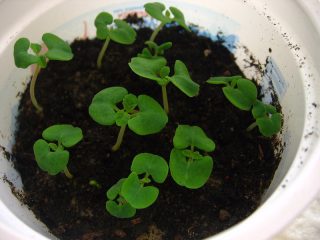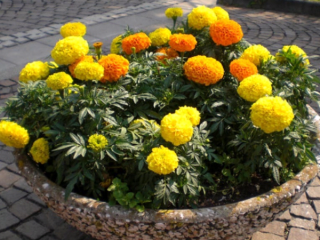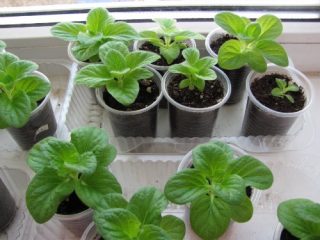Content
The onset of spring is always associated with bouquets of tulips. This exquisite flower is a favorite of women. Spring holidays are not complete without bright bouquets. One of the popular varieties is the Barcelona tulip, a product of Dutch selection.
Description of Barcelona variety tulips
Barcelona is a Dutch variety that attracts the attention of Russian gardeners and arouses interest in the Russian market. Main characteristics:
Description | Indicators |
Class | Triumph |
Flowering period | April May |
Bud shape | Goblet-shaped, dense |
Diameter | 7 cm |
Aroma | Sweetish, rich |
Coloring | Soft pink |
Height | 60 cm |
Bulb diameter | 10 cm |
Application | For cutting and in ornamental gardening |
Resistance to spring temperature changes | High |
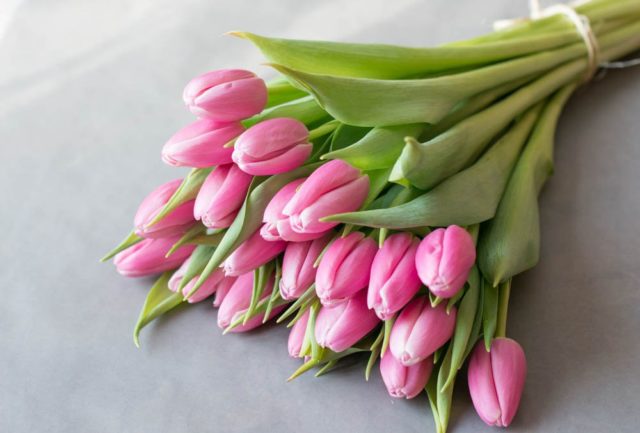
When composing flower arrangements, florists often use the Barcelona Beauty variety.
Tulips are combined with peonies of darker tones and roses of any color. In addition to floristry, the culture has found wide application in landscape design.Tulip Barcelona Beauty is used to decorate urban flower beds, combining the variety with low-growing varieties.
Planting and caring for tulips Barcelona Beauty
Planting of Barcelona Beauty begins in the fall, in late September.
To get a decorative crop, you need to familiarize yourself with the basic rules for growing Barcelona Beauty tulips.
Selection and preparation of a landing site
When choosing a place for Barcelona Beauty tulips, you should pay attention to the following factors:
- Plants love an abundance of light, so the flowerbed should be placed in a well-lit area protected from the winds.
- At the planting site of the Barcelona Beauty tulip, rainwater and moisture formed after melting snow should not accumulate.
- You should avoid places in the garden where asters, melons, tomatoes and other bulbous plants grew.
- The soil for Barcelona Beauty tulips should be well drained. Fertile loamy or sandy loam soil is suitable.
The soil is cleared of weeds, then dug up to a depth of 35 cm. For this procedure, it is better to use a pitchfork, which will ensure uniform looseness of the soil.
When acidity is high, lime is added. Too dense soil is mixed with sand.
The beds are prepared a month before the expected planting date of Barcelona Beauty tulips. This will allow the soil to settle and combine all the ingredients. The day before planting, the beds are watered abundantly.
Landing rules
Before planting, the bulbs are carefully sorted and diseased ones are discarded. To protect healthy planting material from infectious rot, it is treated with special means (Merpan, Sumilex, Captan) or a solution of potassium permanganate.

The planting pattern and planting depth depend on the size of the bulbs
Up to 30 cm is left between adjacent rows, and up to 10 cm between holes. In this order, the seedlings will not inhibit growth, and there will be enough nutrients for everyone.
Bulb planting depth:
- small (children) – from 3 to 10 cm;
- medium - up to 12 cm;
- large – up to 15 cm.
When planting Barcelona Beauty and Pink tulips, it is important to take into account the size of the bulbs, since small ones produce low-growing flowers, and large peduncles grow from large ones. Therefore, small ones are planted around the perimeter of the flowerbed, and large ones in the center.
The bed is mulched with sand and thoroughly watered. Other covering materials cannot be used, as Barcelona tulips may wake up and begin to produce a flower bud that will die in late autumn.
Watering and fertilizing
Tulip Barcelona Beauty is a moisture-loving plant, but with severe stagnation of water, the bulbs begin to rot. Regularity is important, so water when the soil dries completely.
Do not subject tulips to shock therapy or pour ice water on them. The bulbs may be damaged, so it is better to use warm, pre-settled liquid.
Feeding is important for Barcelona tulips. The quality of peduncles and the duration of flowering depend on their timeliness and adherence to dosages.It is better to use mineral complexes in which the ratio of components has already been calculated.
Fertilization is carried out in several stages:
- The first fertilizing is carried out in early spring on the snow that has not yet melted from the garden bed. Spread dry nitrogen at the rate of 35 g per 1 m2.
- When the flowers begin to sprout, complex mineral fertilizers are applied for bulbous flowering plants.
- At the moment of budding, feed with any fertilizer responsible for the intensity of growth.
When purchasing complexes for tulips, it is important to carefully study the composition. In addition to the basic nutrients, it should contain:
- magnesium – responsible for metabolism in the plant;
- manganese - without it, the process of photosynthesis is disrupted;
- boron - necessary for lush flowering;
- copper – resists damage to the tulip by viruses;
- zinc - thanks to which the peduncle develops tall and strong.
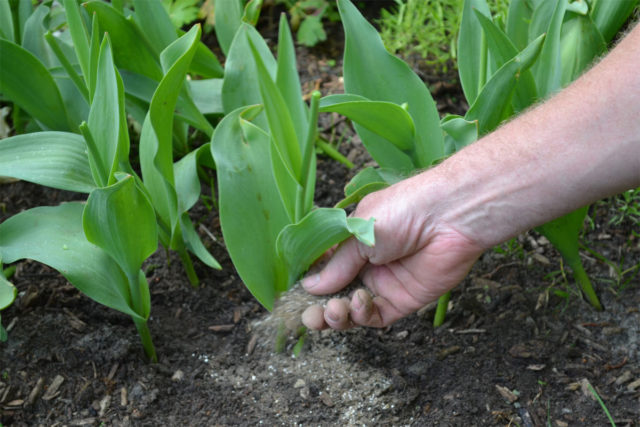
Before applying fertilizers, you must carefully study the instructions to avoid negative consequences.
Tulip propagation Barcelona
Barcelona tulips do not like to sit in one place, so they are replanted every 4-5 years. In order not to wait for flowers to age in one bed, they are propagated. The most popular and less labor-intensive method is reproduction using children and small bulbs.
Timely digging, sorting and proper storage allow you to get good bulbs.
When the leaves of the Barcelona tulips wither and turn yellow, they start digging.Work occurs at the end of June, beginning of July. It is advisable to be careful with the timing, since early extraction from the soil is fraught with unripe material, and with late excavation the risk of losing babies increases. The excavation is carried out with a shovel, sticking it vertically to the growth of the plant so as not to damage the bulb.
The planting material is dried, cleared of soil, and damaged, diseased and shapeless specimens are discarded. The rest are soaked in a solution of potassium permanganate. Leave for 30 minutes, and then dry in the shade for two days.
Store planting material in a cool, dark place with a humidity of 80%. In the fall, they are planted in the garden.
The second method, which allows you to obtain new flower colors, is seed. At home, it is relevant, but less in demand. With the seed propagation method, Barcelona tulips gain full strength after 7-12 years.
Diseases and pests of Barcelona tulips
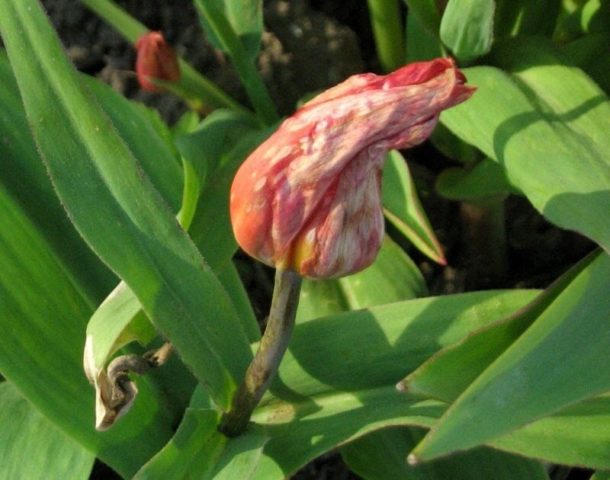
Diseases lead to ugly buds and drying of foliage
Barcelona tulips have low resistance to pests and viral diseases. When growing flowers, you may encounter various problems.
Disease | Symptoms | Fighting methods |
Gray rot | Spots on bulbs and leaves, lodging of shoots, bending of buds, drying of the peduncle. | Treatment with copper sulfate or Bordeaux mixture at the moment symptoms appear. Spraying with Captan at the beginning of the growing season, during budding and after flowering. |
White rot | The bulb becomes covered with a whitish coating, the shoots are not friendly, the first shoots turn yellow and wither. | If the seedlings are sick, they are pulled out and destroyed. The soil in the garden bed is sprinkled with wood ash. |
Fusarium | Peduncles form low, buds do not open, and brown spots appear on the bulbs. | To prevent the disease, it is necessary to choose high-quality planting material and store it correctly. |
Penicillosis | The peduncle lags behind in development, the buds do not open or dry out, and yellow-green spots appear on the bulbs. | Before planting, the bulbs are pickled in a solution of potassium permanganate. |
Of the insect pests that tulips attack:
- onion root mite;
- nematodes;
- aphid;
- purple owl;
- hoverfly;
- mole cricket;
- wireworm;
- Khrushchi;
- slugs
Each of them damages a certain part of the flower. To avoid the appearance of insects, the bulbs are treated with fungicides before planting, and the soil is prepared, dug up to a depth of at least 35 cm, and chalk and ash are added. During the growth and development of Barcelona Beauty tulips, the beds are well weeded and loosened so that there is no stagnation of moisture and oxygen penetrates inside. The top of the planting is mulched with peat.
An effective method of pest control is biological, which involves breeding ladybugs and lacewings on the site. These insects are capable of destroying pests. Installing traps and baits will also help solve the problem with a number of insects whose delicacy is the Barcelona tulip.
Photos of tulips Barcelona
Triumph class tulips are actively used by landscape designers in the design of city flower beds. Due to its grandeur, Barcelona looks impressive in combination with other colors and varieties of tulips.
Barcelona Beauty is suitable for cultivation in open ground and in greenhouses
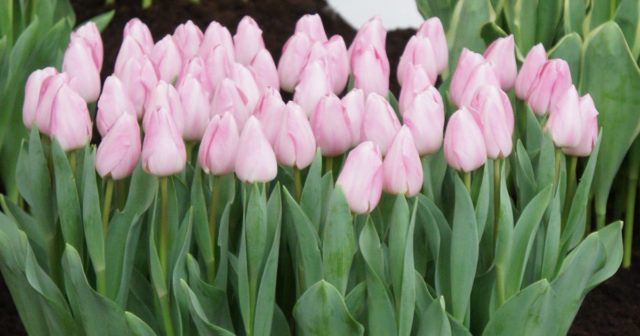
Growing flowers for the spring holidays is a profitable business
Barcelona Beauty tulips are often forced in boxes.
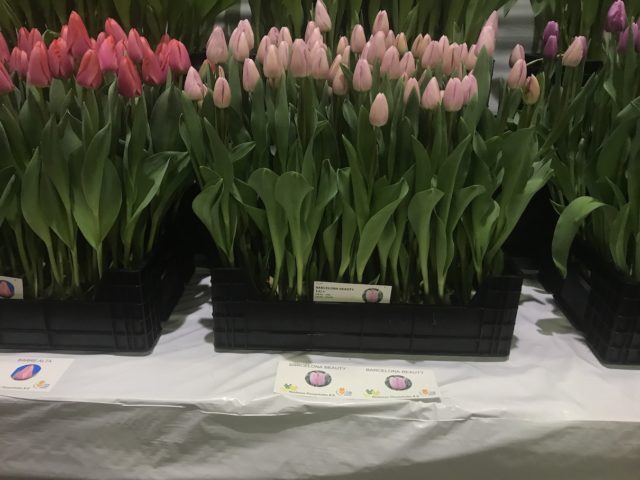
Every woman dreams of receiving a gorgeous bouquet of tulips for the 8th of March holiday.
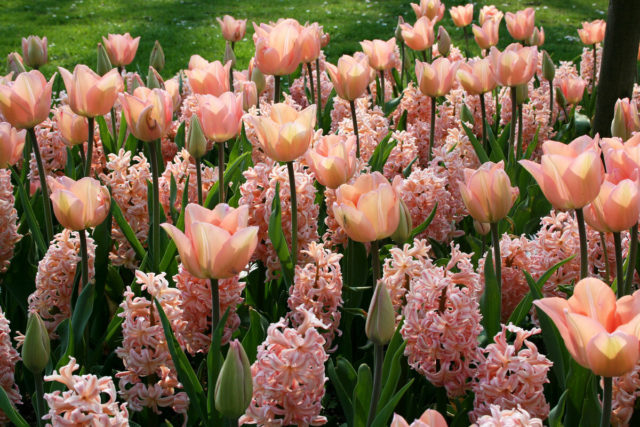
The duet of tulips and hyacinths looks gentle and unusual
Conclusion
The Barcelona tulip is a delicate flower that can decorate any occasion. The bud is quite large, so it is difficult to confuse it with other varieties and varieties. In flower beds, the Barcelona Beauty tulip occupies a central place, and feels good next to other flowers: hyacinths, daffodils, peonies.
